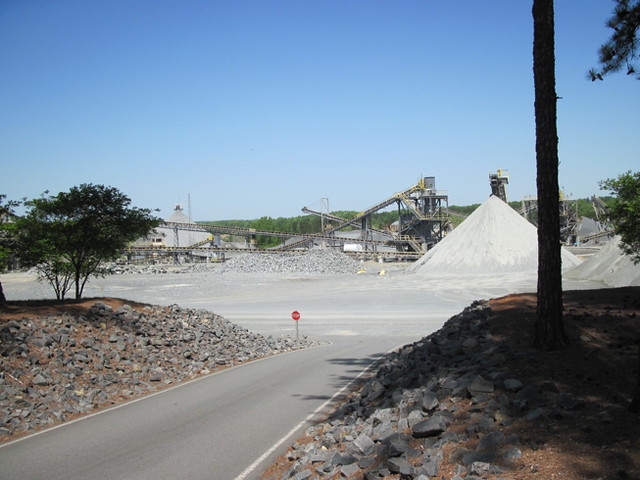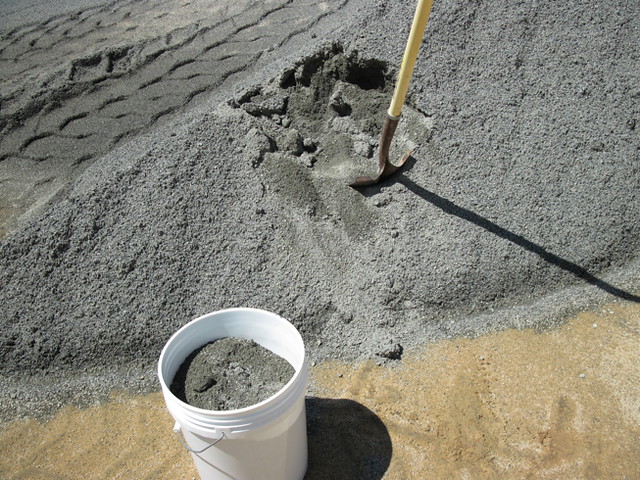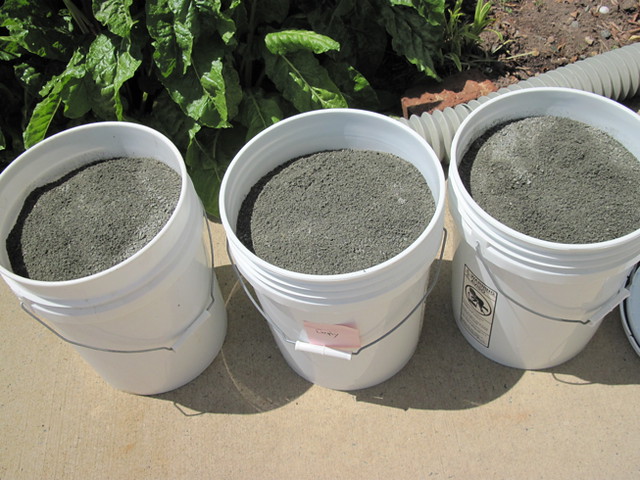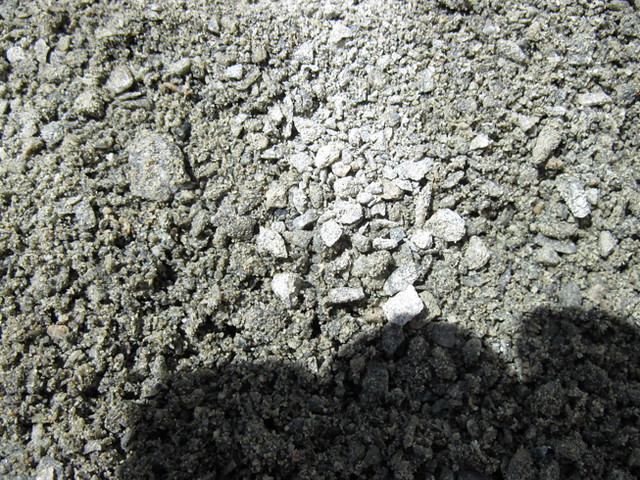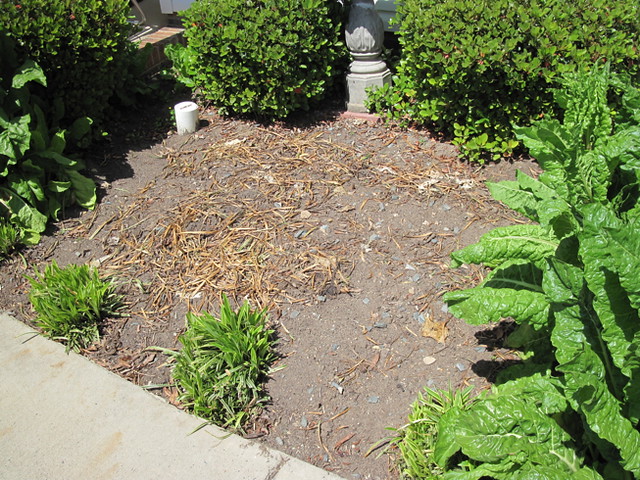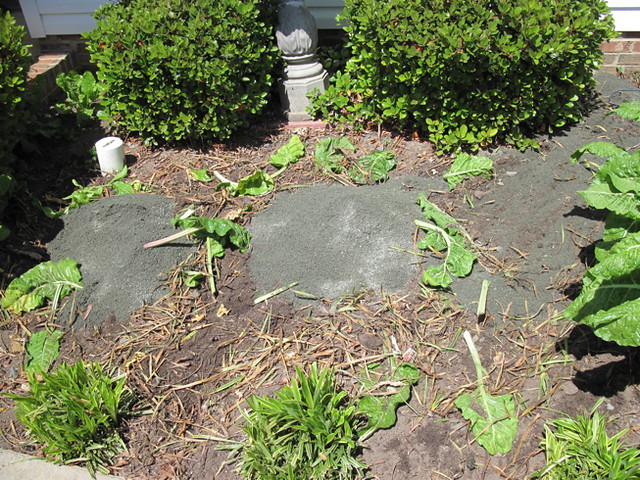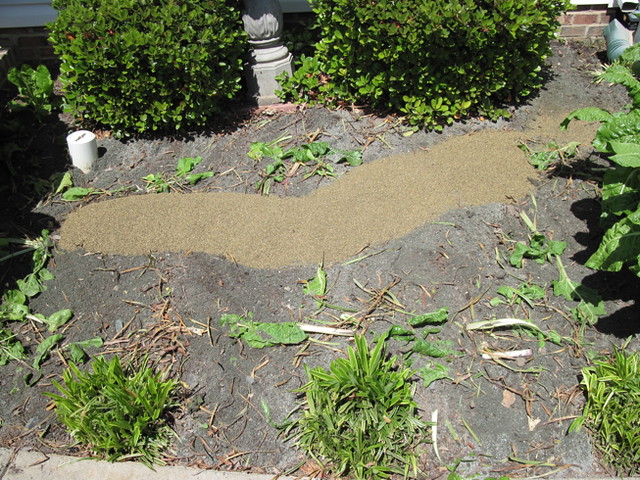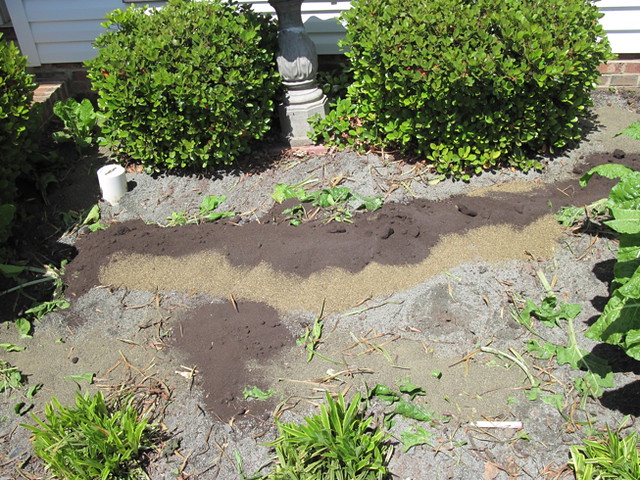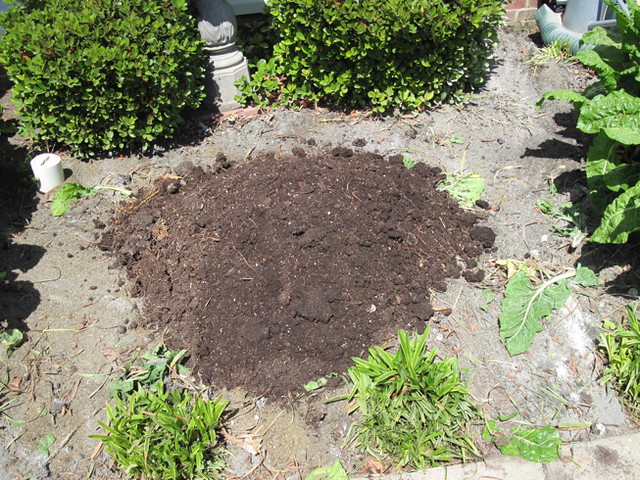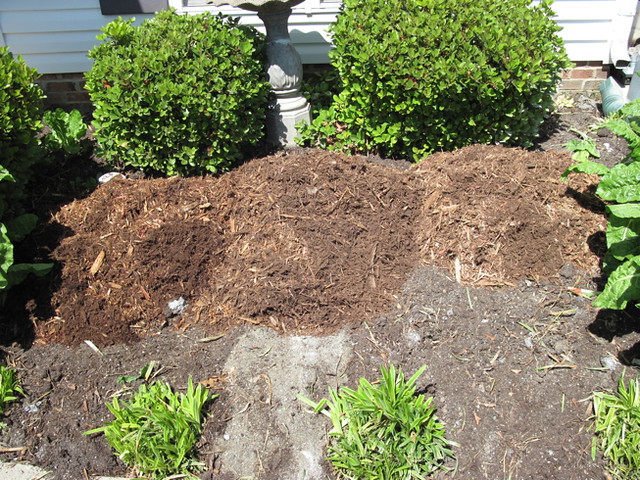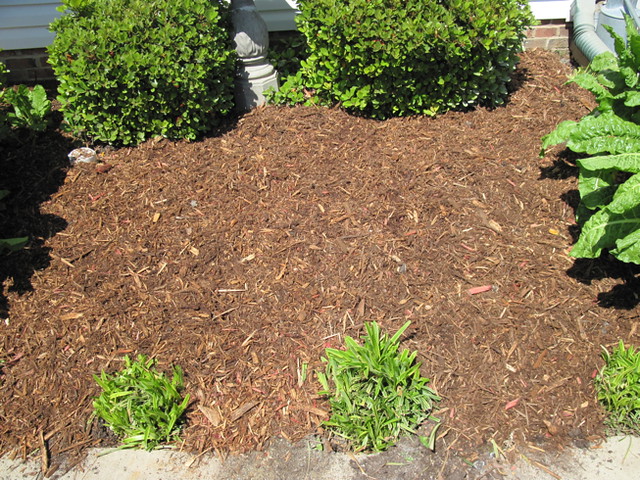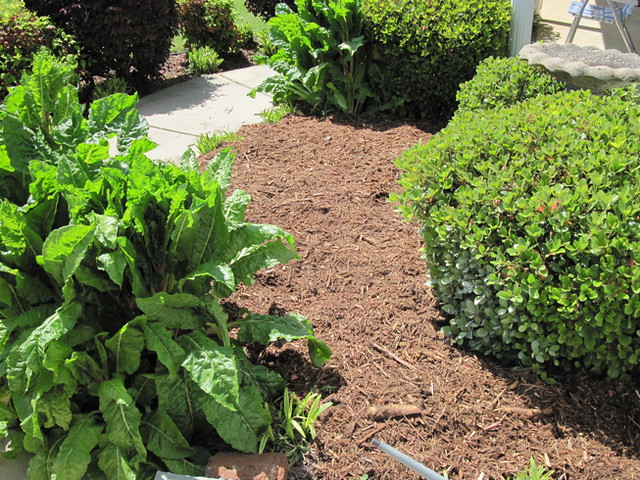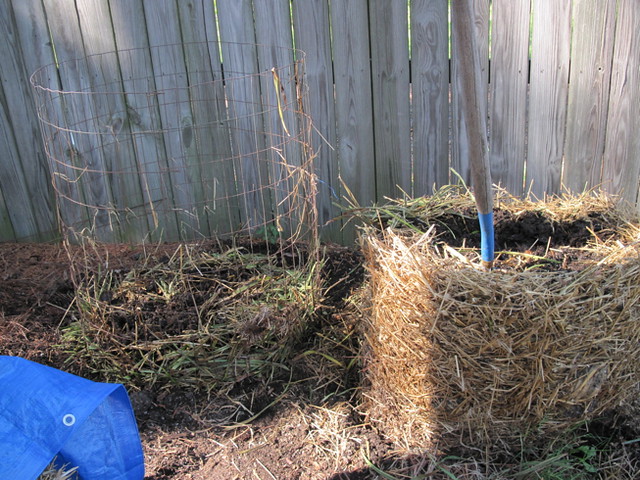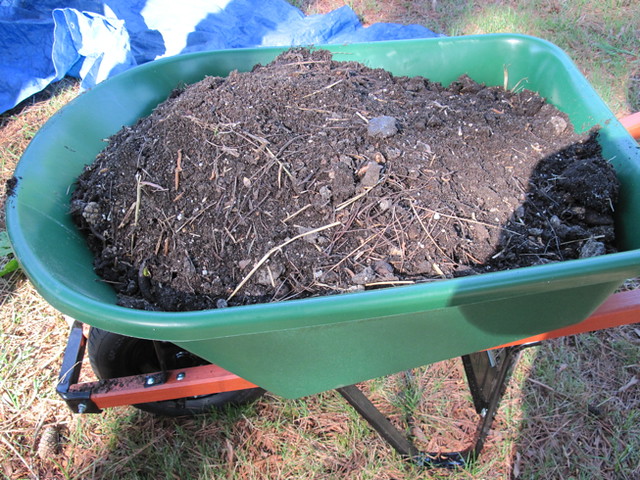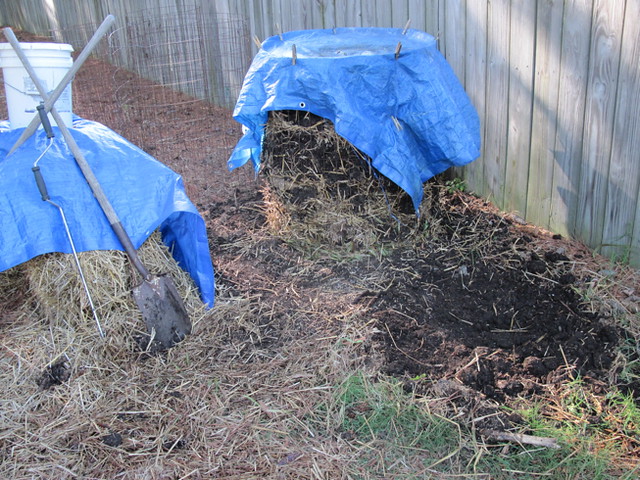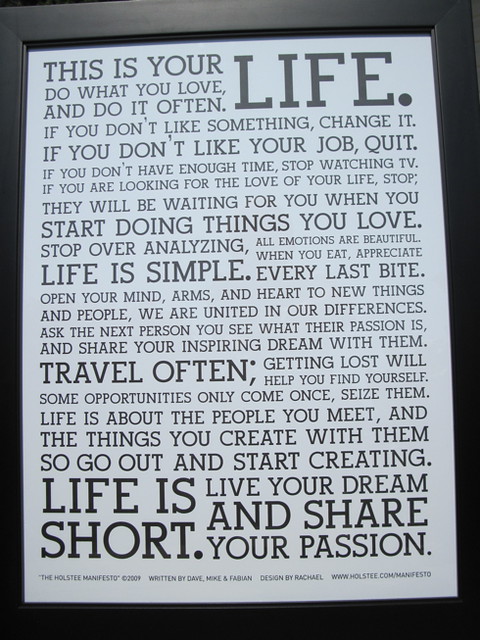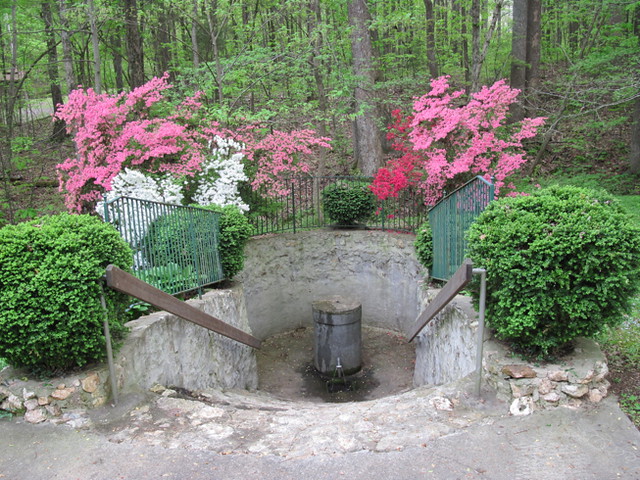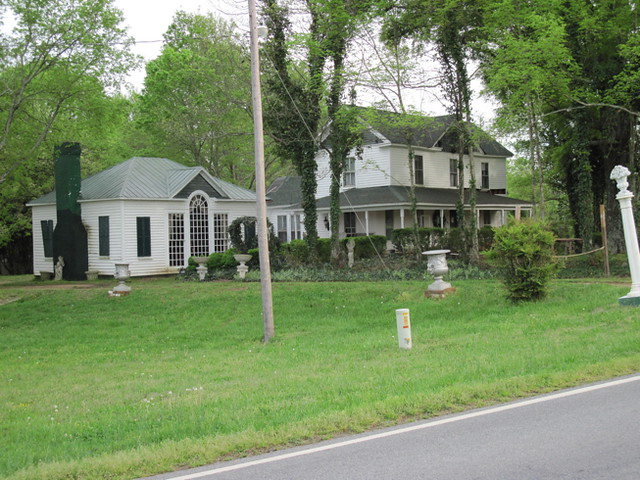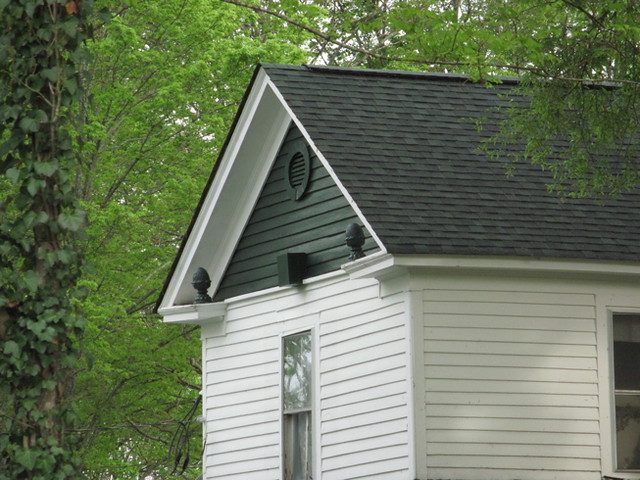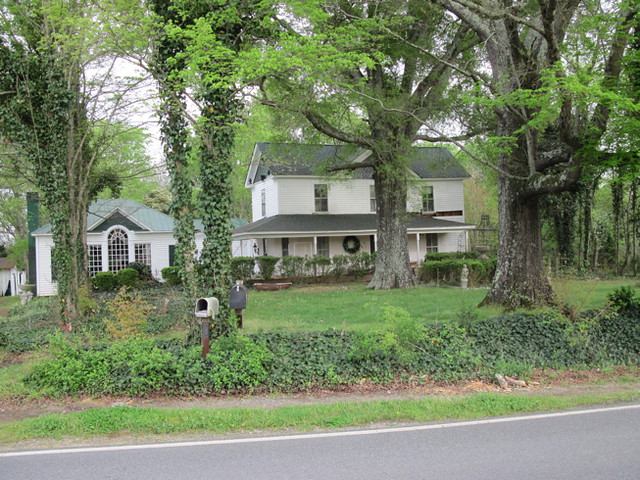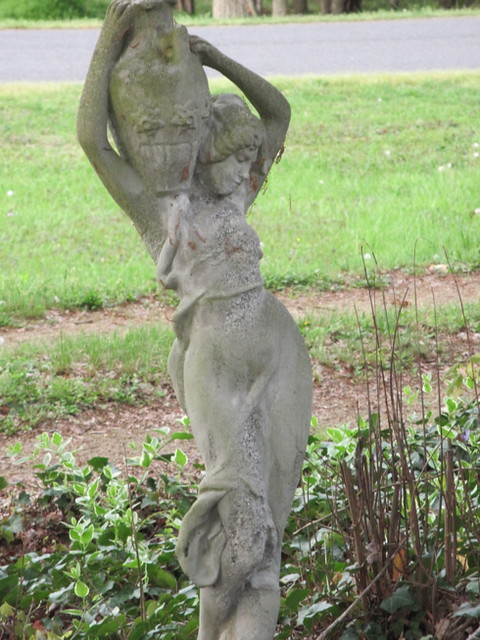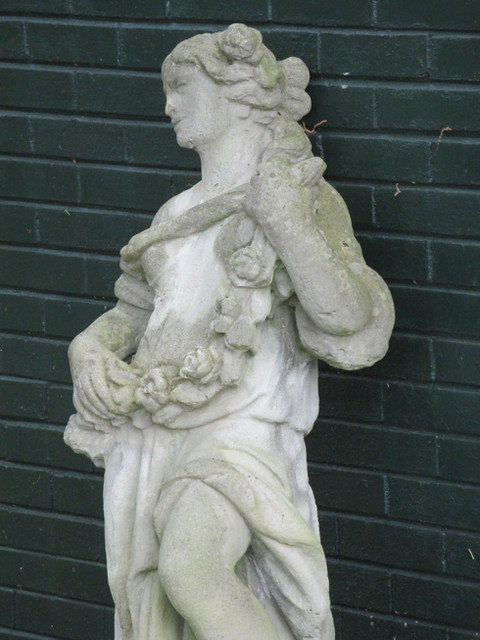Thursday, April 12, 2012
Living the Dream
Monday, April 9, 2012
Earth Skin
The apologetic lady in charge told me I might try a big asphalt/road covering construction company up the road that buys what I wanted from Martin-Marietta. Maybe they would sell me a few buckets of fine-screen gravel. I found the boss at that place and he wouldn't sell me any either. But he did tell me I could fill up my buckets for free. I was reminded again why I love local, blue-collar, working folks! When suits get involved, things go to heck. When the workers encounter someone who seems trustworthy and responsible, they're happy to help. This was the yard where they directed me . . .
. . . and I filled up my buckets:
I got plenty of fine-screen gravel and dust to remineralize the soil I've been growing in for the last five years:
Up close (I meant to set something on the gravel for comparison—the largest pieces are smaller than a pencil eraser):
This is what the plot looked like before I began. The "leafy" stuff consists of monkey grass leaves and chard leaves I had trimmed and thrown in the bed to add organic matter:
First I dumped in the three buckets of gravel and dust:
After spreading and incorporating it I added kelp, worm castings, and calcium and incorporated them into the soil.
Kelp:
Worm castings:
And a wheelbarrow load of compost:
After spreading and incorporating all the amendments, I was ready to put the skin on. I used a mix of cypress, cedar, and hardwood mulch (wood chips and grindings):
And this is how it looked when finished:
When it comes time to set in transplants (e.g., tomato plants), I'll pull the mulch back to expose the soil, dig a hole, and set the transplant in as usual, and tuck the mulch back around the plant. For seeds, the mulch will be pulled back to expose the soil (in a line or a patch), and the seeds planted in the soil. The mulch will be pulled back around the plants once they're large enough. In other words, you can't plant in mulch—only in soil. The next soaking rain will set things in motion, waking up the life in the soil that will begin decomposing all the amendments I added and keeping the soil dark, damp, and warm beneath the mulch.
As this fresh mulch breaks down over ensuing years, I'll add new mulch layers on top as the soil life beneath decomposes the initial layer. This "skin" idea makes a lot of sense to me—creating a close-to-natural symbiotic system that protects and feeds the soil over time.
Sunday, April 8, 2012
Friday, April 6, 2012
Anaerobic Compost
Wednesday, April 4, 2012
Manifesto
Lance Armstrong Going Plant-based
 I've wondered how long this would take—for someone as smart as Lance Armstrong to recognize that he should be eating a plant-based diet. He is now two-thirds of the way there.
I've wondered how long this would take—for someone as smart as Lance Armstrong to recognize that he should be eating a plant-based diet. He is now two-thirds of the way there.Sunday, April 1, 2012
The Spring in Spring
Friday, March 30, 2012
A Classic from the "Sixties"
 Younger readers won't recognize the name of Arlo Guthrie or the name of his famous song, "Alice's Restaurant Massacree"—but here's your chance to fill in that cultural void.
Younger readers won't recognize the name of Arlo Guthrie or the name of his famous song, "Alice's Restaurant Massacree"—but here's your chance to fill in that cultural void. Monday, March 26, 2012
Beautiful Chard
Friday, March 23, 2012
Hip Hip, Hoo-Dutch!
Thursday, March 22, 2012
Who and Where
 Just received a new (2012) book by Atina Diffley today—a memoir of her and her husband's decades as organic market gardeners on fifth-generation land in Minnesota. I had seen a great review of the book, not only praising the story but the author's beautiful writing.
Just received a new (2012) book by Atina Diffley today—a memoir of her and her husband's decades as organic market gardeners on fifth-generation land in Minnesota. I had seen a great review of the book, not only praising the story but the author's beautiful writing. Monday, March 19, 2012
Chick-fil-A: The New Monsanto
Tuesday, March 13, 2012
Why Isn't Governor Dalrymple Running for President?
Saturday, March 3, 2012
Ketones and Coconuts
 Because Parkinson's Disease (PD) robbed more and more of the last 25 years of my mother's life, and has been doing the same to my older brother for more than a decade, my radar is always on for things related to this disease. For that reason, I have just read Alzheimer's Disease: What If There Was a Cure? The Story of Ketones by Dr. Mary Newport, M.D. (2011). (Go here for Dr. Newport's website. Her original 2008 article which summarized her husband's illness, her research, and initial success with ketone therapy, and created a popular interest in the subject, is here.)
Because Parkinson's Disease (PD) robbed more and more of the last 25 years of my mother's life, and has been doing the same to my older brother for more than a decade, my radar is always on for things related to this disease. For that reason, I have just read Alzheimer's Disease: What If There Was a Cure? The Story of Ketones by Dr. Mary Newport, M.D. (2011). (Go here for Dr. Newport's website. Her original 2008 article which summarized her husband's illness, her research, and initial success with ketone therapy, and created a popular interest in the subject, is here.)Saturday, February 25, 2012
Raise Your Hand if You Laugh
Tuesday, February 21, 2012
Where Omega-3s Fit
Sunday, February 12, 2012
"404" Animals Saved
Friday, February 10, 2012
Welcome to Amerika 3
Thursday, February 9, 2012
Juicing Big-time
 The current issue of Vanity Fair magazine has a nice article about a booming California company (two stores) selling fresh-pressed veggie juices: Pressed Juicery. Locations currently in West L.A. and Malibu, making them hot and hip and trendy. But this is the real stuff: raw, un-pastuerized juice with a three-day shelf life that is pressed—the very gentlest and best way to extract juices. Until I broke my Welles Press juicer, it provided the best juice I've ever made (pulp created on a Champion, then pressed in the Welles). Pressed Juicery got started with the famed Norwalk Juicer, still the Cadillac (with a price tag to match). Read about Pressed Juicery here. (Picture from their website without permission.)
The current issue of Vanity Fair magazine has a nice article about a booming California company (two stores) selling fresh-pressed veggie juices: Pressed Juicery. Locations currently in West L.A. and Malibu, making them hot and hip and trendy. But this is the real stuff: raw, un-pastuerized juice with a three-day shelf life that is pressed—the very gentlest and best way to extract juices. Until I broke my Welles Press juicer, it provided the best juice I've ever made (pulp created on a Champion, then pressed in the Welles). Pressed Juicery got started with the famed Norwalk Juicer, still the Cadillac (with a price tag to match). Read about Pressed Juicery here. (Picture from their website without permission.)
